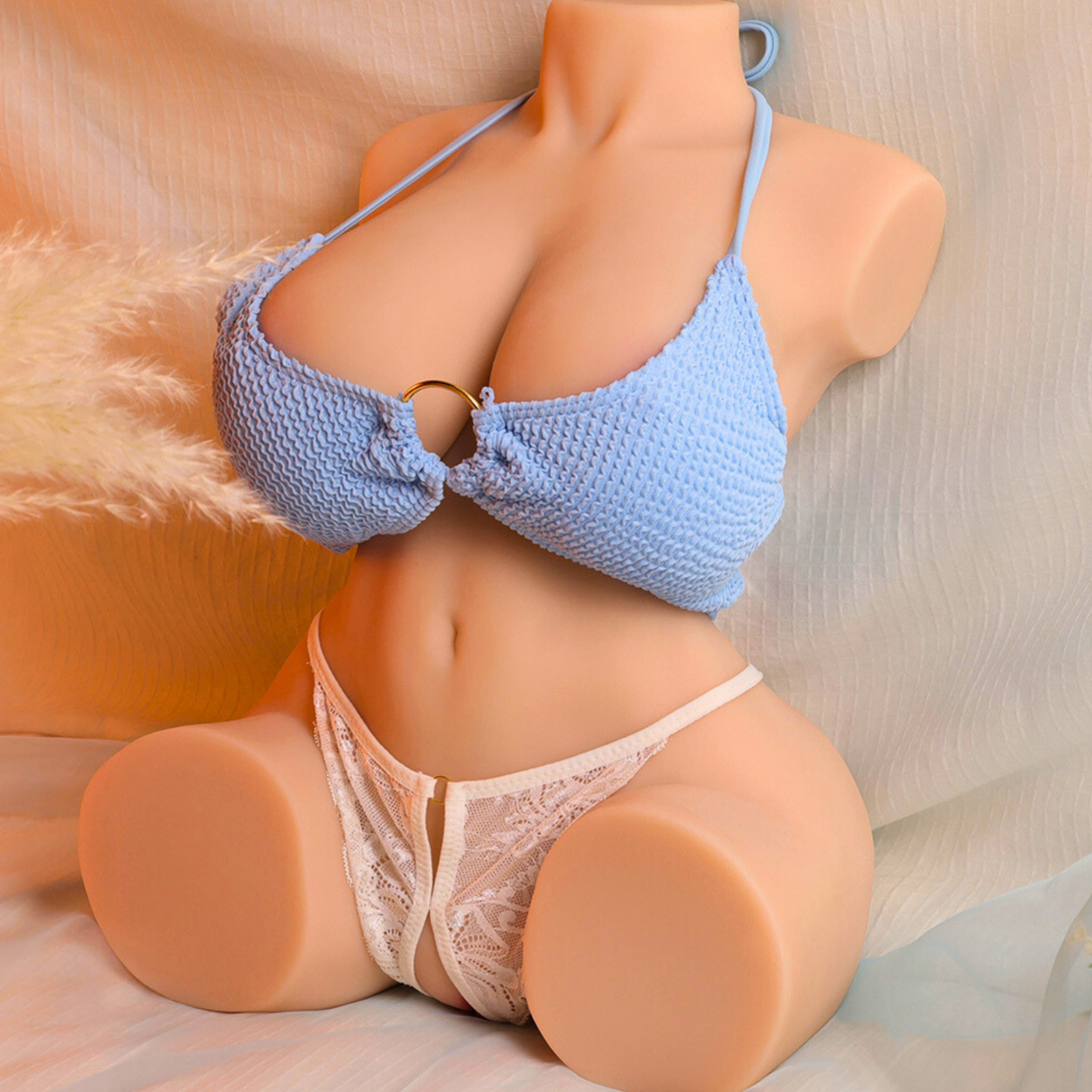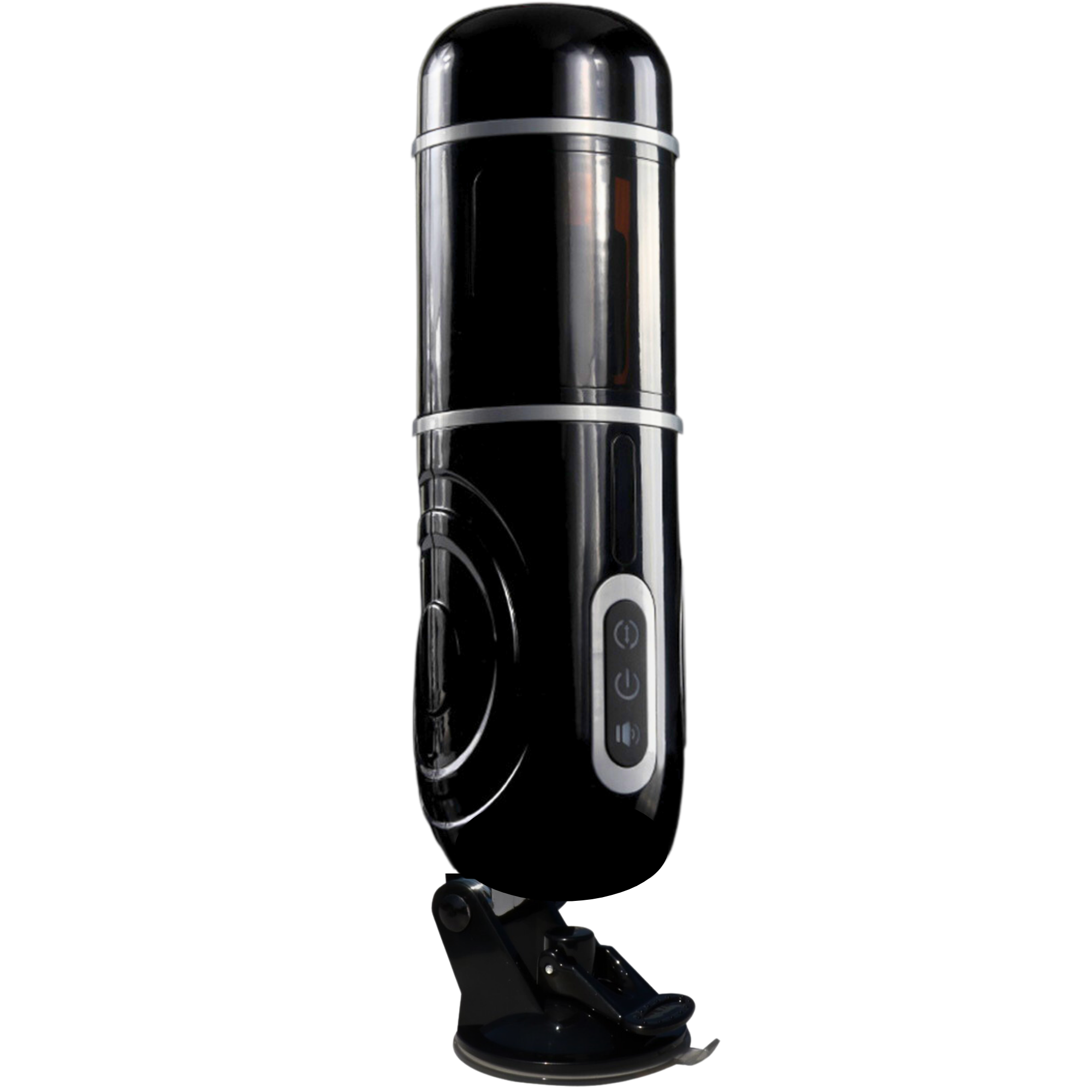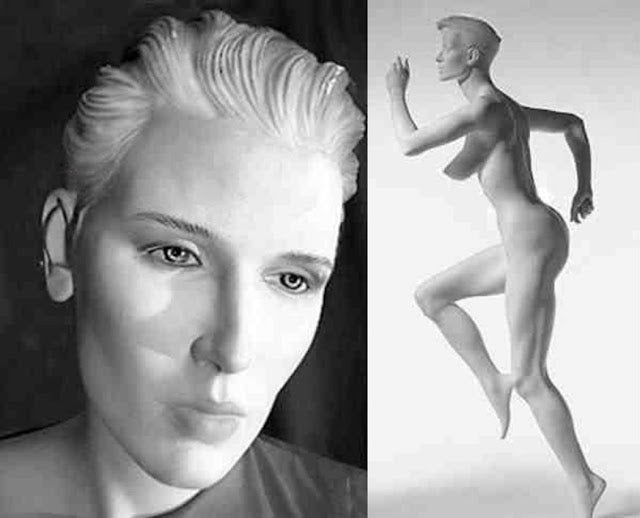Sex dolls have been around since the 8th year AD and have evolved from simple cloth and leather models to hyper-realistic versions with artificial intelligence. Technological and cultural developments have profoundly changed their function, material, and realism. This article discusses the major milestones in this development.
This article discusses the history from the earliest forms, the Middle Ages ca. 400-1500 AD and the 19th century to the rise of commercial sex dolls and the evolution to realistic sex dolls.
The Earliest Forms of Sex Dolls
The history of sex dolls begins in primitive times, where early civilizations already used objects for sexual purposes. Archaeological finds suggest that primitive cultures created statuettes and figures that served as a precursor to modern sex dolls. Venus statuettes, such as the Venus of Willendorf (ca. 28,000 BC), have been discovered in ancient caves and temples, which symbolized fertility and may have had a sexual function.
In the Greek and Roman (ca. 3000 BC - 500 AD) period, there was a growing fascination with realistic human forms. Sculptors produced marble and ivory sculptures of goddesses and nude figures, which were not only used for worship but also for physical affection. The myth of Pygmalion, in which a sculptor falls in love with his own creation, reflects how deeply these objects became intertwined with desire and sexuality. Some theories suggest that wealthy Romans commissioned realistic wax or leather figures to fulfill sexual needs.
The perception of such dolls varied across cultures and eras. While some societies associated these objects with fertility and religion, others condemned them as taboo. In the Middle Ages, circa 400-1500 AD, open production largely disappeared, but during the Renaissance between 1430 and 1630, interest in anatomically correct art revived, eventually paving the way for the further development of sex dolls.

Sex dolls from the Middle Ages to the 19th century
There is little documentation of sex dolls from this period, but primitive versions probably existed in various forms. In the 17th century, sailors used cloth dolls made of rope and cloth to satisfy their sexual desires during long sea voyages. These early dolls, later known as "Dutch Wives," were introduced to Japan by European sailors.
Artificial lovers appeared as a theme in French and Italian art and literature, indicating a cultural awareness of such objects. Among the elite, sex dolls were sometimes handmade from more luxurious materials such as ivory and leather, suggesting that they were not only functional but also served as status symbols.
The Rise of Commercial Sex Dolls
In the 20th century, sex dolls went from being handmade objects to mass-produced products. After World War II, rumors circulated about inflatable dolls for soldiers to prevent venereal diseases. Although there is no hard evidence for this, the post-war period marked the first steps toward commercial production.
In the 1960s and 1970s, during the sexual revolution, the acceptance of sex toys grew and the demand for inflatable dolls increased. What was once a niche product became accessible to a wider audience thanks to mass production. Lower production costs and varied designs made sex dolls more popular and accessible than ever.

The evolution towards realistic sex dolls
In the 90s and 2000s, the introduction of silicone sex dolls caused a major change. Where earlier PVC and rubber dolls felt stiff and unnatural, silicone offered a more realistic and flexible alternative. This made sex dolls more popular and accessible.
The launch of the Real Doll in the US in 1996, influenced by Japanese innovations, revolutionized design and production methods. Detailed facial expressions and personalization options increased realism, inspiring manufacturers worldwide to develop more advanced models.
With the advent of TPE (thermoplastic elastomer) and improved silicone, skin texture became more natural and lifespan longer. Today’s sex dolls like silicone sex dolls offer an unparalleled experience with options like interchangeable faces, hair colors, and improved mobility, making interaction more realistic.
The Future of AI Sex Dolls
AI and robotics are transforming sex dolls. Modern AI sex dolls simulate speech, facial expressions and emotions, taking them beyond physical interaction.
These dolls respond to voice commands, have conversations and adapt their facial expressions based on interaction. Machine learning software allows users to set preferences for voice, appearance and behavior, while the doll gradually learns to respond to previous interactions.
Robotics enable realistic movements, such as adjusting head and body positions, while integrated heating systems mimic the natural feel of the skin. These innovations allow AI sex dolls to offer an increasingly personalized and realistic experience.

Cultural impact and social acceptance
Sex dolls remain taboo in many cultures, especially in conservative and religious circles, where traditional views on sexuality and relationships make acceptance difficult.
However, their portrayal in the media has changed. Movies like Lars and the Real Girl and Her show sex dolls not only as sex toys, but also as companions for lonely people. Pop culture has contributed to a broader discussion about their role in society.
In addition, legal and ethical issues play a role. While legislation varies worldwide, recognition of personal freedom in the use of sex dolls is growing. Social acceptance continues to evolve, driven by debate about their influence on relationships and social norms.
















































































































































